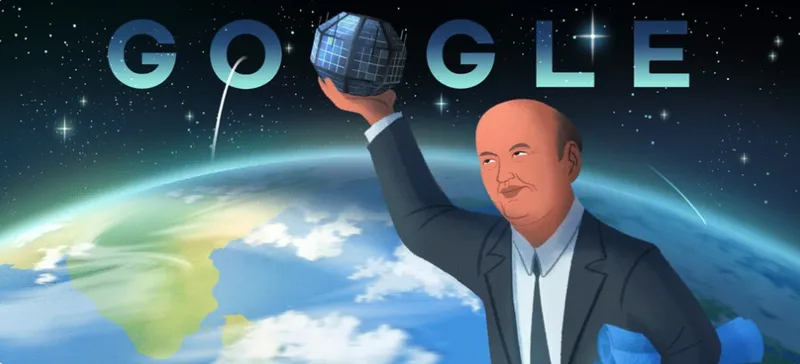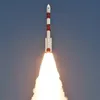Google doodle pays tribute to Udupi Ramachandra Rao – India’s Satellite Man
Google doodle features a sketch of Udupi Ramachandra Rao with a background of shooting stars and the planet Earth. He is also holding India’s first satellite — the Aryabhata — in his hand.
on Wednesday paid tribute to ‘India’s Satellite Man’ Udupi Ramachandra Rao by dedicating a Google doodle in his memory.
Rao, who passed away in 2017, was an Indian space scientist and the Chairman of the (ISRO). He was also the supervisor of the team which launched ‘Aryabhata’ — India’s first satellite.

Rao was born in a remote village in Karnataka on March 10, 1932. He started as a cosmic ray physicist. After completing his doctorate, Rao was a faculty member at MIT and an assistant professor at the University of Texas.
Later, he also conducted experiments on NASA’s Pioneer and Explorer space probes. He returned to India in 1966 as a professor at the Physical Research Laboratory, Ahmedabad.
Contribution to the Indian space programme
Rao believed that there is a serious imperative need to use space technology for the rapid development of India. He highlighted the need for practical applications of aerospace technology to solve societal problems such as poverty and food shortages.
Udupi Ramachandra Rao undertook the establishment of satellite technology in the country in 1972.
Beginning with the first Indian satellite 'Aryabhata' in 1975, Rao oversaw the designing and launch of over 18 satellites. These satellites served India in a variety of functions, including in the fields of communication, remote sensing, and meteorological services.
At ISRO, Rao played a pivotal role in the development of rocket technology to boost India’s growing space power.
He also supervised the development of ASLV (Advanced Satellite Launch Vehicle) and PSLV (Polar Satellite Launch Vehicle). The latter grew on to assist in the launch of over 250 satellites, including the famous ‘Mangalyaan’ — India’s first interplanetary mission.
He also initiated the development of GSLV (Geosynchronous Satellite Launch Vehicle), and the development of cryogenic technology in 1991.
Awards won by India’s Satellite Man
Rao was awarded India’s third-highest civilian award Padma Bhushan in 1976, and Padma Vibhushan — India’s second-highest civilian award — in 2017.
In fact, he became the first Indian space scientist to be inducted into the highly prestigious Space and Satellite Hall of Fame, Washington, in 2013.
Edited by Suman Singh








